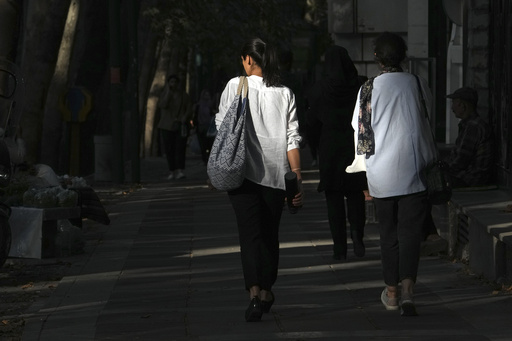In Iran, a 31-year-old woman named Arezou Badri was shot by police officers following an attempt to escape when they tried to impound her vehicle due to a previous violation of the country’s headscarf law. Badri, now bedridden and unable to walk, is just the latest casualty in Iran’s crackdown on headscarves, which was reignited after the death of 22-year-old Mahsa Amini in police custody for a similar violation. The incident has led to nationwide protests advocating for women’s rights and against the strict theocracy in the country.
As the anniversary of Mahsa Amini’s death approaches, President Masoud Pezeshkian has pledged to ease the enforcement of the headscarf law. However, recent events such as the shooting of Badri and a video showing a girl being mistreated on the streets of Tehran reveal the continued risks faced by those who choose to defy the law. Activists have criticized the extreme measures being taken by the police, describing it as a “war on women.”
The shooting of Badri took place on a coastal road in Mazandaran province as she was driving with her sister. Details from the incident remain unclear, with conflicting reports on why the police initially stopped her car. Iranian law dictates that police must issue a warning shot and aim to wound below the waist before resorting to potentially fatal shots. The lack of transparency in police actions and the absence of official statistics on fatal police shootings in Iran raise concerns about accountability and oversight.
Badri is currently detained at a police hospital in Tehran, with limited access for her family and restrictions on sharing information about her condition. The tightening of security around her case has drawn attention to the ongoing implications of the hijab crackdown in Iran. Following Amini’s death in 2022, protests erupted across the country, leading to a security crackdown resulting in numerous casualties and detentions.
Despite temporary relaxation in enforcing hijab laws after the protests, the government’s “Light Plan” saw a resurgence in crackdowns in April. The monitoring of women through surveillance technology, potentially with the help of Chinese firms, has heightened concerns over privacy and individual rights. Incidents of physical altercations between women and the police, as captured in surveillance footage, illustrate the persistent challenges faced by those opposing the strict enforcement of the headscarf law in Iran.


